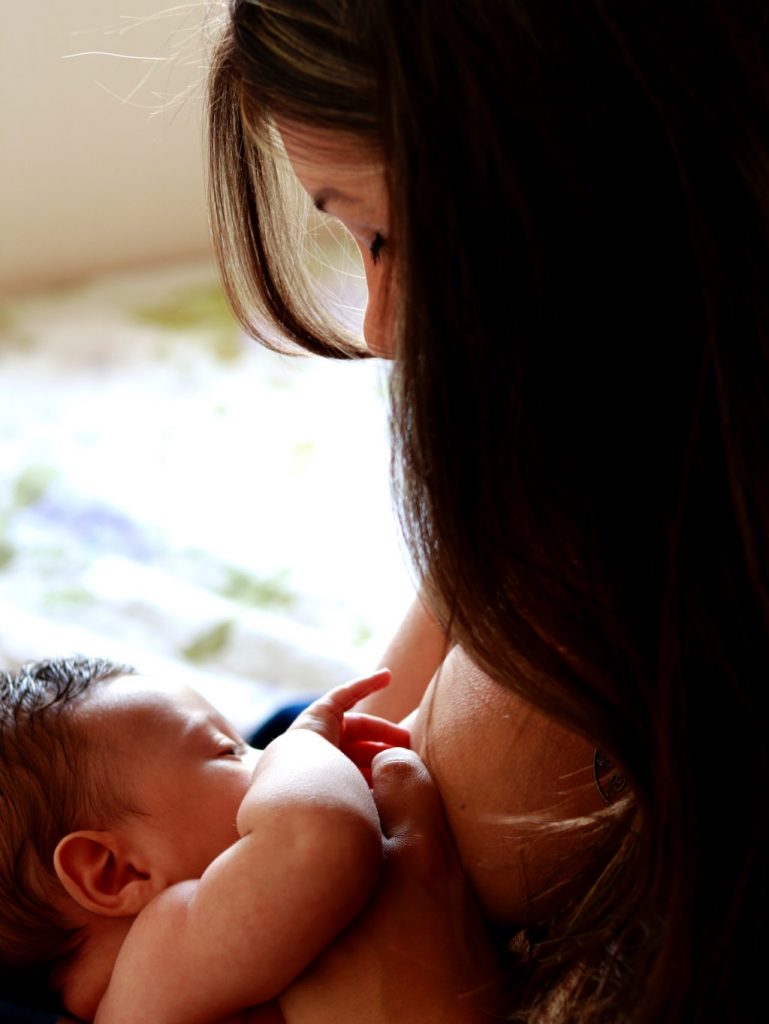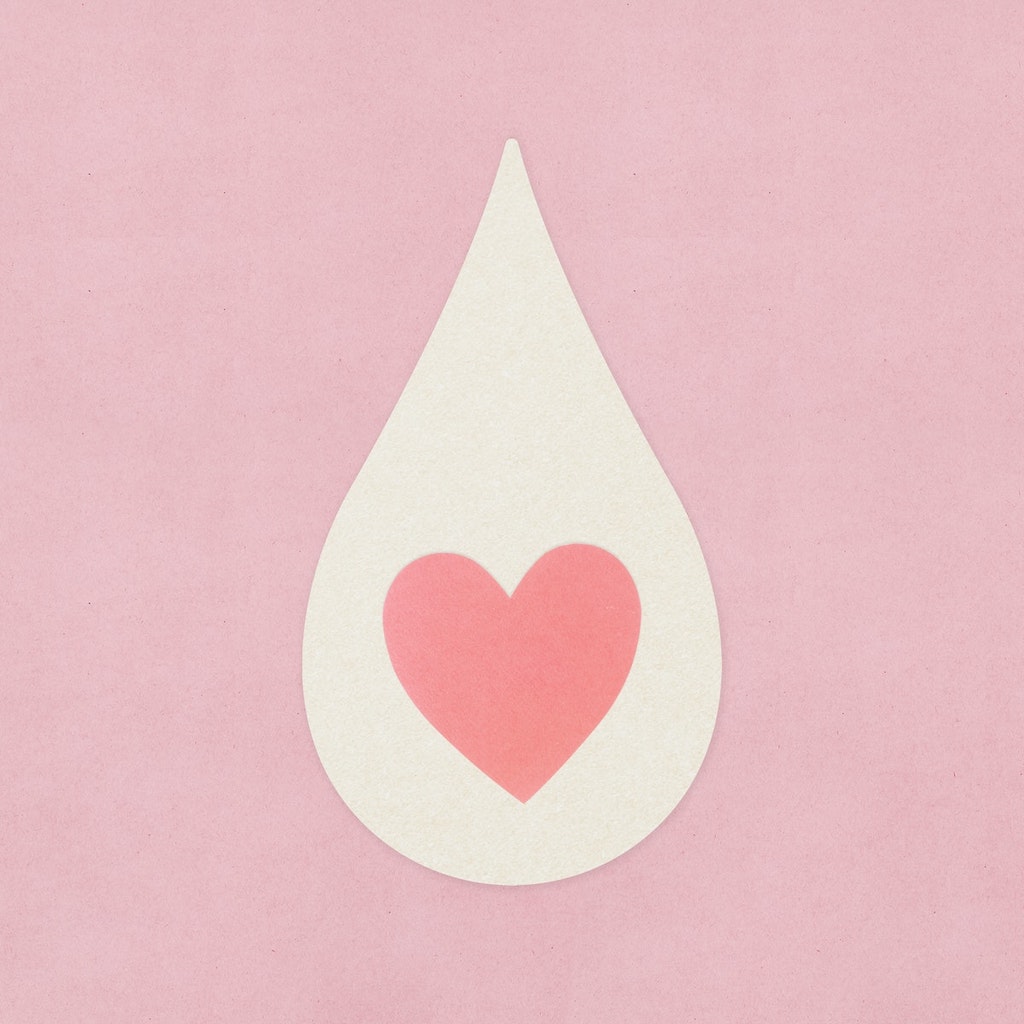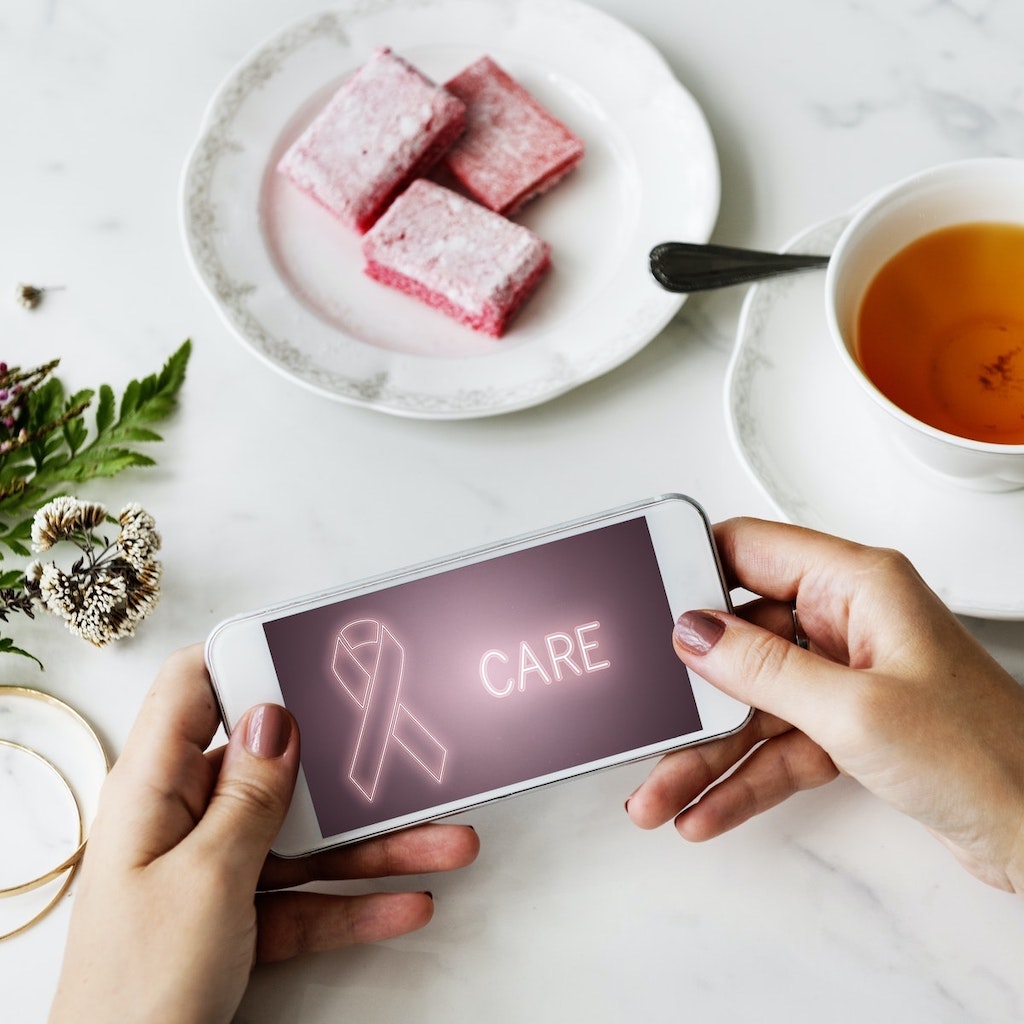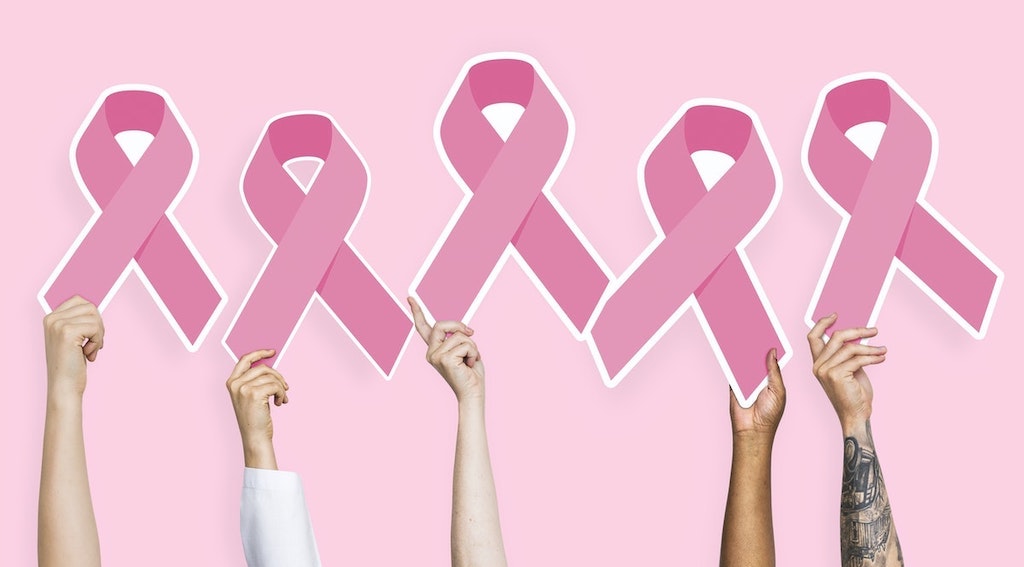SingaporeMotherhood | Baby & Toddler
October 2020
Care, Problems, and Treatments for your breasts after giving birth, and breastfeeding
Since 2003, breast cancer has been the top cause of cancer deaths for women in Sinagpore. Worldwide, it is the most common cancer diagnosed in women. October is Breast Cancer Awareness Month, an annual campaign to highlight the importance of breast health and breast cancer research. While we cannot prevent cancer, we can be proactive, and take charge of our breasts, and our health.
If you are breastfeeding your child, keep it up! Exclusive breastfeeding is recommended for the first six months of a baby’s life, followed by continued breastfeeding along with the introduction of solid foods, for at least one year after birth. In fact, The World Health Organization recommends continued breastfeeding through at least the child’s second birthday.
Whether you are breastfeeding or not, there are several factors you should take note of with regards to breast care after pregnancy.

If you are breastfeeding:
- Wear a bra that has good support 24 hours a day.
- Do not wear bras with underwiring as the wire may reduce blood flow and hence impede milk production or may even lead to clogged ducts or mastitis (see below).
- Before feeding, take a warm shower or apply a warm towel or cloth over the breasts to help the milk flow.
- Pump or hand express milk before nursing to soften the breast if the baby has difficulty latching on due to breast engorgement.
- Apply a cold compress after feeding to relieve swelling, if any.
- Nurse your baby frequently to reduce engorgement. This in turn can help maintain milk supply.
- Use breast pads if your breasts become leaky.
- Drink plenty of fluids, up to eight to 10 glasses of water daily, as breastfeeding can dehydrate you quickly.
- Eat a good, balanced diet consisting of fruit, vegetables, protein, good fats and carbohydrates. Avoid processed foods, high amounts of caffeine, alcohol and salt as traces of these can go into breast milk.
(See also: Top Breast Pumps for Breastfeeding Mums)

If you are bottle feeding:
- Wear a bra that has good support 24 hours a day.
- Avoid handling your breasts and nipples. This is to avoid further engorgement.
- Do not pump or hand express milk as this can increase engorgement.
- If your breasts become painful, warm, and red, and you have a fever (temperature of 38.3 degrees Celsius or more) seek immediate medical attention. These signs and symptoms may be due to mastitis.
(See also: Best Organic and Natural Skincare and Makeup for Pregnancy and Breastfeeding Mums in Singapore)
Breast issues or problems after pregnancy
Sore or cracked nipples
Sore nipples can occur when your baby is unable to latch on effectively. It can lead to infection with thrush or even mastitis if not treated. Though the evidence is limited, you may try applying lanolin to the affected nipple. However, the best way to prevent cracked nipples is to properly position and latch your baby. A certified lactation consultant can help with this.

Engorgement
- Engorgement occurs either due to swelling with the onset of lactation after birth, or at other times during lactation with accumulation of excess milk.
- The breasts typically feel full and firm and may be accompanied by pain and tenderness.
- If the areola also becomes engorged, it can impair the baby’s ability to latch, worsening the engorgement causing a vicious cycle.
- Untreated engorgement can lead to clogged/blocked ducts and mastitis.
- To manage this, hand expression or a short pumping session to relieve the fullness can help.
- Application of warm compresses or a warm shower prior to breastfeeding or pumping to help with milk flow as well as cold compresses in between feedings can help decrease swelling and discomfort.
- Some experts recommend cool green cabbage leaves after a feeding session.
Clogged or blocked milk duct(s)
- A clogged or blocked milk duct occurs when the milk has not been drained effectively within the milk ducts. The symptom includes a tender and usually painful lump. There may be a milk blister, which is a white bleb at the end of the nipple.
- Manage this the same way as when you have engorged breasts, but in addition to that, breastfeed frequently. This will help treat clogged ducts. See an experienced physician or a certified lactation consultant if you have milk blisters.
- The vast majority of plugged ducts resolve in 48 hours.

Mastitis
- If the clogged ducts, engorgement or nipple cracking are not addressed, a condition called mastitis can occur. It occurs in 2-10% of breastfeeding women.
- You may feel tired, and have painful, swollen, and red breasts accompanied with a fever of more than 38.3 degrees Celsius.
- The treatment involves complete emptying of the breast either frequent breastfeeding, pumping or hand expression combined with antibiotic therapy, usually for seven days.
- It is important to continue feeding from the breast affected with mastitis. You may find that your milk supply is reduced. Similarly, the taste of milk from the affected breast may be slightly different. However this is usually temporary.
Breast abscess
- An abscess can develop if mastitis is not treated promptly. Treatment is usually a combination of surgical drainage and antibiotics.
Thrush
- Thrush is an infection that occurs as a result of Candida, or yeast. You may have breast pain, and shiny or flaky skin may appear on the affected nipples.
- You may have a history of infant oral or diaper candida infection or vaginal candida infection.
- Treatment is with use of antifungals.
(See also: 10 Ways Dads can help with Breastfeeding)

Breastfeeding and breast cancer
Breastfeeding appears to have a protective effect against breast cancer and this has been shown in multiple studies. The magnitude of this depends on the duration of breastfeeding together with the number of pregnancies (the higher the number of pregnancies, the greater the protective effect). It is estimated that for every 12 months of breastfeeding, there is a 4.3% reduction in the risk of breast cancer.
What if you are already diagnosed with breast cancer? Can you successfully breastfeed?
If you have breast cancer while lactating, you may still be able to breastfeed. It depends on the treatment you receive for breast cancer.
If you had surgery to remove the tumour, then you may be able to breastfeed from the other breast if you have not received chemotherapy.
However, you are unable to breastfeed if you have undergone a double mastectomy. In addition, you may not be able to breastfeed from the breast that has undergone radiation therapy. Radiation treatment can cause scarring of breast tissue, hence may significantly reduce milk production.
Finally, if you need chemotherapy, you will have to stop breastfeeding as chemotherapy drugs can appear in breast milk, and affect the baby.
Support Breast Cancer Awareness Month with the Breast Cancer Foundation’s Pink Ribbon 2020 campaign.
Expert Resource
Dr Ezlyn Izharuddin is the resident doctor at DTAP Clinic, specialising in women’s health. She was also involved in a variety of infectious diseases research, and has presented poster presentations at local and international conferences.
Featured image: rawpixel.com
All content from this article, including images, cannot be reproduced without credits or written permission from SingaporeMotherhood.
Follow us on Facebook, Instagram, and Telegram for the latest article and promotion updates.






